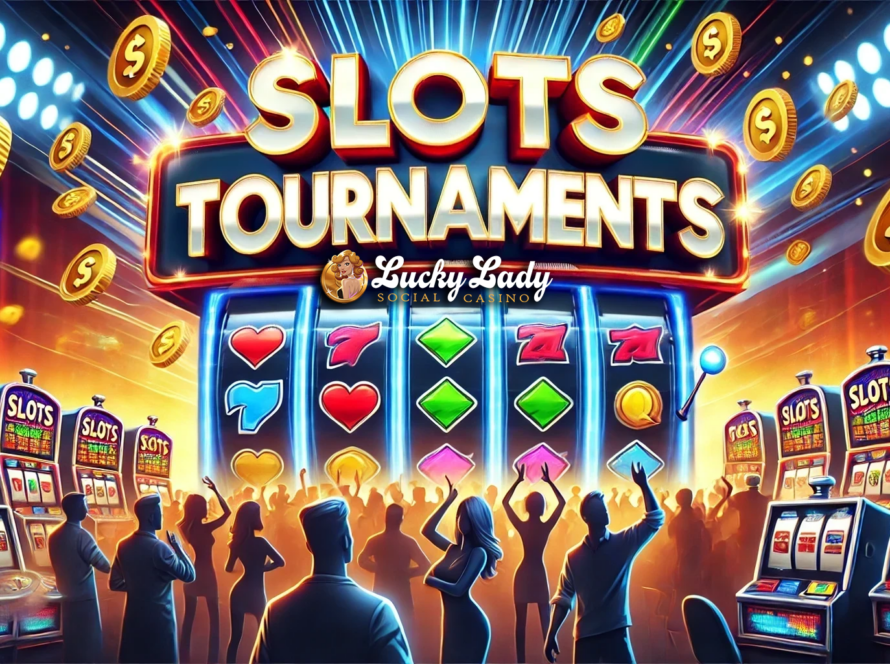
“For developers, the goal should be to create experiences that captivate without misleading, entertain without exploiting, and offer depth without sacrificing the core appeal of slot gaming.”
Persistence-style games have become a dominant force in slot machine design, captivating players with experiences that extend beyond the simple spin. But while these mechanics have added depth to gameplay, it’s crucial to examine their impact with a realistic lens, especially from the perspective of game developers who balance innovation with responsible design. Persistence mechanics can offer value, but they also come with challenges that need to be carefully navigated.
The Evolution of Persistence Mechanics: More Than a Gimmick?
The origins of persistence mechanics date back to the shift from mechanical reels to video slots in the 1970s and 1980s, when developers started exploring ways to extend player engagement. Early accumulation-based features and bonus progress meters introduced a sense of goal-oriented play, setting the stage for what we now call True Persistence. These systems allowed players to build toward a reward through repeated play, often accompanied by visual indicators of progress, like meters or symbol collections.
In the 2000s, True Persistence gained traction with games such as WMS’s Reel ‘Em In and Aristocrat’s Cash Express, where players accumulated progress over time to trigger bonuses or jackpots. The concept seemed promising—give players a goal to work toward and keep them playing longer. However, as data from performance databases like Eilers-Fantini revealed, the novelty quickly wore off for many of these games. “True Persistence games hit below zone average after only five months on the floor,” noted Brendan Moore of Eilers & Krejcik Gaming, indicating that while initial engagement was strong, it wasn’t sustainable over the long term.
The Pitfalls of True Persistence: Over-Optimization and Diminishing Returns
The issue with True Persistence lies in the balance between player expectations and actual outcomes. When players can clearly track their progress toward a reward, they also become more adept at calculating the game’s true value. Once a player determines that the effort to reach the next bonus isn’t worth the investment, the appeal quickly diminishes. This is where True Persistence can backfire, as the mechanic becomes transparent, and the illusion of value collapses.
Moreover, the overuse of True Persistence features has led to market saturation. With so many games employing similar mechanics, players grew weary of accumulation-based rewards, causing even high-profile titles to struggle for long-term relevance. As Moore pointed out, “The number [of True Persistence games] has sat around 10 percent to 20 percent of the Top 25 games in recent years,” demonstrating the ceiling for such features in the current landscape.
The Shift to Perceived Persistence: Selling the Experience
To address the limitations of True Persistence, developers pivoted toward Perceived Persistence, which focuses on creating the illusion of progress without altering the game’s fundamental math. Here, sensory effects such as flashing lights, sound cues, and animations give players a sense of advancing toward a goal, even if each spin remains statistically independent.
The move to Perceived Persistence came out of necessity rather than innovation. As Dan Schrementi from Incredible Technologies suggests, “Players have come to expect that the wonder of the spin is followed by the wonder of an after-spin event.” The industry had essentially trained players to seek out these sensory experiences, and so slot games adapted by making the “journey” as engaging as possible, even if the ultimate destination was no closer than before.
However, it’s important to recognize that Perceived Persistence is a double-edged sword. While it can extend time on device and enhance the sense of anticipation, it also risks misleading players about their chances of winning. If the cues suggesting progress are too strong or too frequent, it can create an environment where players feel pressured to continue, believing that a big win is imminent. This puts the onus on developers to tread carefully, balancing the excitement of progress with the reality of random outcomes.
The Real Value in Game Design: Making Persistence Meaningful
From a design standpoint, the challenge with persistence mechanics—both True and Perceived—lies in ensuring they add genuine value to the player experience. It’s easy to fall into the trap of adding persistence elements just for the sake of keeping up with industry trends. Yet, when designed thoughtfully, these features can enrich gameplay by providing players with a sense of progression, even within an inherently luck-based system.
Meaningful persistence goes beyond filling meters or triggering bonus events. It involves integrating narrative elements, themes, or player choices that make the accumulation process feel like an integral part of the game rather than a tacked-on feature. Some newer slots have experimented with quest-like mechanics, where players unlock story chapters or character upgrades through persistence. By adding depth and context to progression, developers can elevate the experience from a simple accumulation of spins to a more immersive journey.
Lessons from the Field: Persistence Success Stories and Missed Opportunities
Games that have successfully utilized persistence mechanics often do so by aligning them with broader design principles. For example, IGT’s Prosperity Link employs a pot-chase mechanic where players gradually fill a cauldron with coins, creating a clear sense of progress. Yet, the bonuses triggered from this accumulation feel distinct and rewarding, with variations in outcomes that keep the experience fresh. The balance of progression and randomness here is finely tuned, ensuring players don’t feel like they’re grinding for a predictable outcome.
On the other hand, some high-profile releases have struggled because of over-reliance on persistence without sufficient innovation. Titles that recycle the same accumulation mechanics without adding new twists or layers of gameplay often see a steep decline in player interest after the initial novelty fades. As the industry becomes more familiar with persistence mechanics, players have become more discerning, quickly identifying games that don’t offer a meaningful evolution in design.
Navigating the Future: Innovation Without Exploitation
As persistence mechanics continue to evolve, developers face the challenge of finding new ways to engage players without resorting to exploitative practices. The future of persistence may lie in hybrid models that blend True and Perceived elements, providing both tangible rewards and sensory experiences. For example, some designs might feature a combination of visible progress toward a reward with random, unanticipated bonus triggers, keeping players engaged while maintaining a level of unpredictability.
Looking ahead, persistence might also integrate elements from other gaming genres, such as achievements, character development, or branching storylines. This would allow slot games to appeal not only to traditional players but also to a new generation of gamers who seek more depth and interactivity in their experiences.
The Takeaway: Persistence as a Tool, Not a Solution
Persistence mechanics have indeed reshaped slot machine design, adding layers of engagement that were previously absent. Yet, the real value of these features lies in how thoughtfully they are implemented. It’s not enough to simply add accumulation meters or sensory effects; these elements must serve a larger purpose within the game’s design to be truly impactful.
As the industry continues to mature, the use of persistence will likely evolve from a gimmick to a more sophisticated tool in the developer’s toolkit—one that requires careful balancing of player psychology, game math, and responsible design principles. For developers, the goal should be to create experiences that captivate without misleading, entertain without exploiting, and offer depth without sacrificing the core appeal of slot gaming.
In the studio, these considerations are crucial, shaping a game design philosophy that goes beyond short-term performance metrics and aims for sustainable player enjoyment. Persistence, when used wisely, can indeed add value to slot machines—but like any powerful tool, it must be wielded with skill and integrity.


